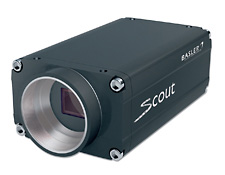

Transcriptional profiling identifies patterns of gene expression reflecting differences in canonical and non-canonical Wnt signalling. We correlate transcriptional changes with phenotypic outcomes of cell differentiation and embryo size, showing our model can be used to characterize developmental signaling compartmentalization in vivo. We find specific sets of genes downstream of both β-catenin and TCF with an additional group of genes regulated by Wnt, while the non-canonical Wnt4 regulates a separate cohort of genes. Here we report an in vivo Drosophila assay that can be used to distinguish between activation, de-repression and repression of transcriptional responses, separating upstream and downstream pathway activation and canonical/non-canonical Wnt signals in embryos. The Wnt pathway is involved in a variety of these cellular functions, and its signals are transmitted in part through a β-catenin/TCF transcriptional complex. These developmental signaling pathways determine cell fates through a coordinated transcriptional response that remains poorly understood. During animal development, complex signals determine and organize a vast number of tissues using a very small number of signal transduction pathways.



 0 kommentar(er)
0 kommentar(er)
